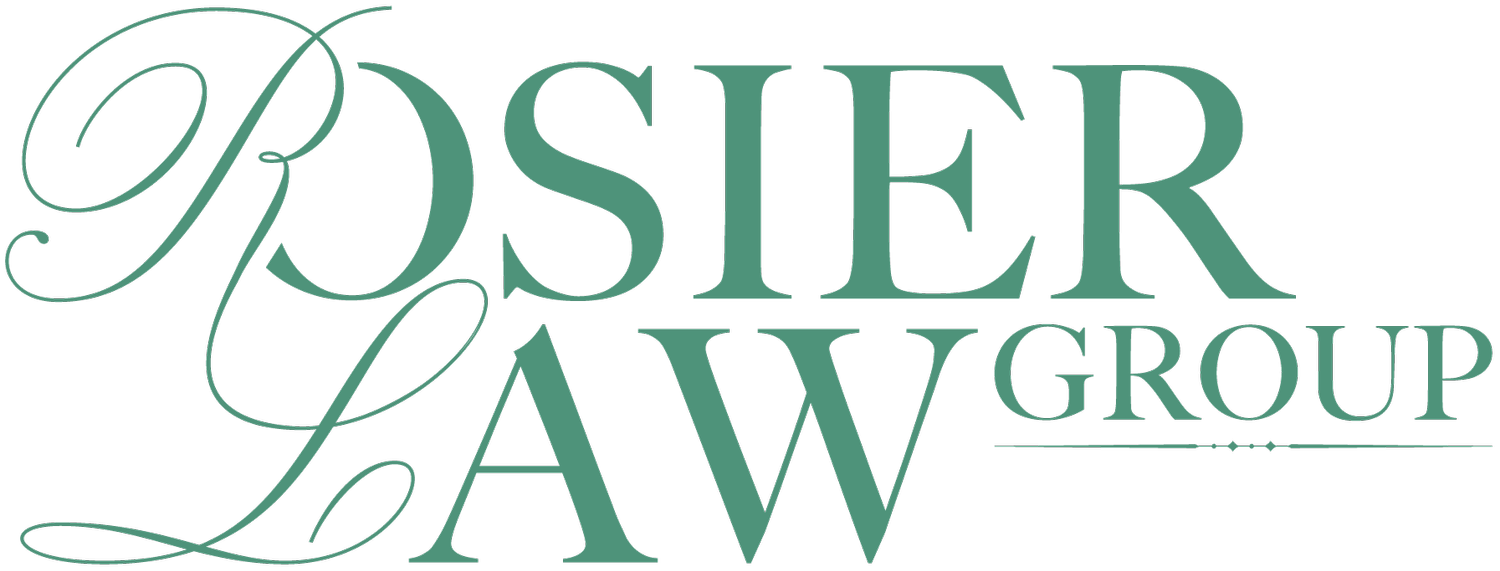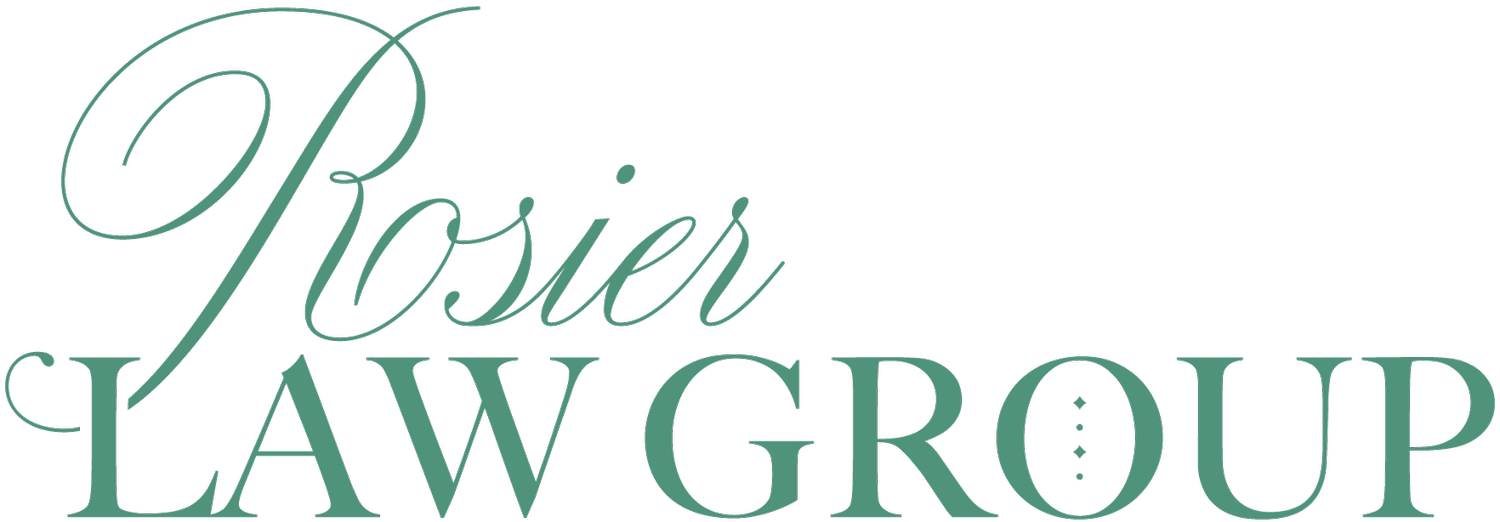Intent-To-Use vs. Use-Based Applications
If you have ever taken a look at the USPTO website or tried to file a trademark application on your own, you have probably encountered the terms “Intent-To-Use” and “Use-Based”.
If you’re not sure what these terms mean or just want to learn more about these application types, keep reading!
What is an Intent-To-Use Application?
Generally, to meet all of the requirements for trademark registration, you have to use the mark. However, an Intent-To-Use application (“ITU application” or “1(b) application”) allows an applicant to file an application for registration before using the mark in commerce. “Use in commerce” refers to use of the trademark in connection with selling or offering the goods or services for which you will apply for registration.
An ITU application is an opportunity that every entrepreneur and small business owner should take advantage of when possible. By filing an ITU application, the applicant receives an earlier filing date date even though you have not officially launched the product or made any sales. This earlier filing date, or “priority date”, is a significant procedural advantage since the USPTO uses “priority dates” when making the decision about blocking later filed applications for similar marks.
An ITU application will require additional costs after the initial filing of the application. Unless your application is based on a valid foreign registration, you will eventually have to provide the USPTO with proof that you are properly using the mark in connection with the goods or services identified in your application.
What is an Used-Based Application?
To establish trademark rights in the United States, the trademark owner generally must be the first to use the mark in commerce related to particular goods or services. There are a few exceptions to this general rule such as when the applicant files an Intent-To-Use application (discussed above). In a trademark application, the USPTO will ask for the date the mark was first used anywhere, and the date the mark was first used in commerce (this date cannot be earlier than the date the mark was first used anywhere).
Using a mark “in commerce” means the bona fide use of a mark in the ordinary course of trade, and not made merely to reserve a right in the mark. In laymen terms, this means that you must be actually providing goods or services under the mark being registered, and not simply trying to register the marks to prevent someone else from using it.
For goods, use in commerce means that product is being sold and transported with the United States in the ordinary course of trade with the mark displayed on the product itself or on external materials such as packaging, tags, and labels. For online merchants, a point-of-sale display may suffice as a specimen of use for good if certain requirements are met. Advertising and marketing materials are generally not sufficient specimen for goods.
For services, use in commerce means the services are being rendered within the United States in connection with the mark. Acceptable specimen for service marks may include advertising and marketing materials displaying the marks and referencing the services identified in the application.
For more information, please feel free to schedule a consultation!

